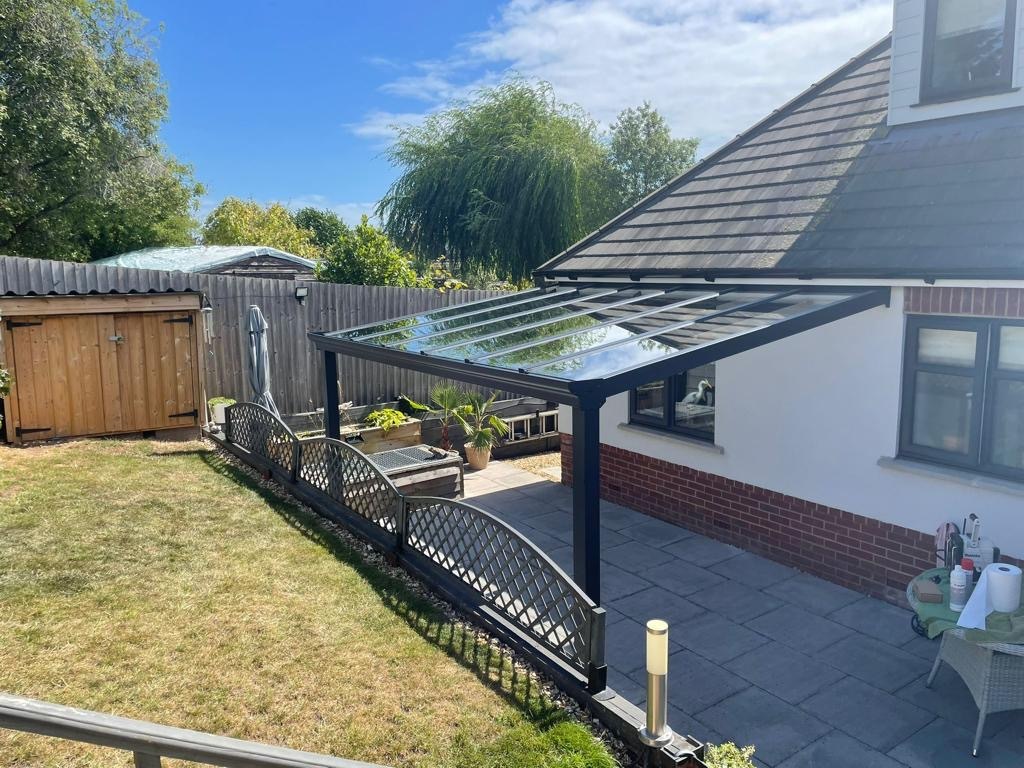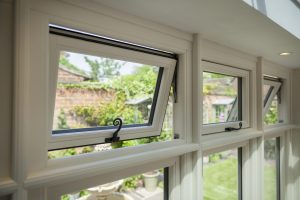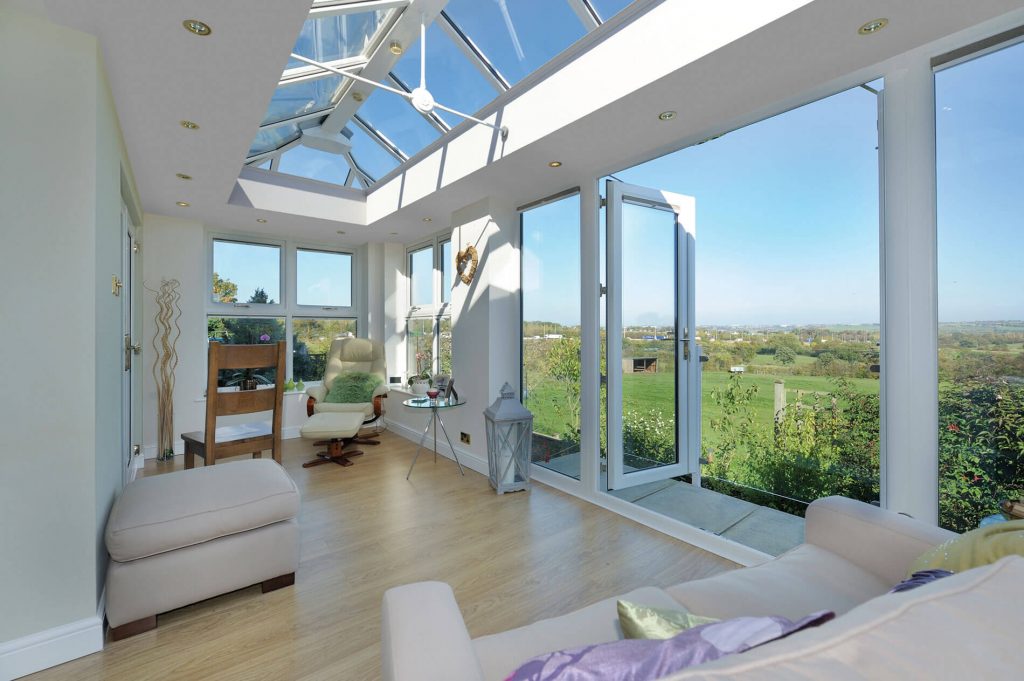What To Expect from the Future Homes Standard 2025
The Future Home Standards 2025 is an initiative that aims to revolutionise the environmental impact that homes have in 2025 and going forward into the future. Climate change is a global threat, and it is having a rapid effect on the state of our lives and our planet, but it isn’t too late to make meaningful changes.
Homes are one of the major contributors to the UK’s carbon footprint, causing roughly 16% of all British emissions, so they need to be addressed as one of the major priorities. There have been many advancements to home building technology to increase energy efficiency and reduce carbon footprints, but these need to be implemented more widely to have a lasting impact. Future Home Standards 2025 has a set of clear, achievable goals that will help to improve the environmental efficiency of new builds and reduce UK carbon emissions. These are embedded into the latest Building Regulations, lending government support to ensure that these practices quickly become the standard rather than a suggestion that can be opted out of.
What Changes Will We See from the Future Home Standards 2025?
Key Expectations for the Future Homes Standard
One development factor that will need adjusting is fabric efficiency in the construction of any new build. Insulation materials will be required to have higher R-values, reducing heat loss through the walls. Standards will also reduce this heat loss to ensure that the shell of the house is fully secured and strengthened, limiting gaps, seams, and weak points where warm air could escape. Low-carbon heating and water systems will become a necessity for new homes, needing to rely on air-source heat pumps (ASHP’s) or ground-source heat pumps (GSHP’s). This will render gas boilers obsolete in new homes as they are not compliant with the new initiative.
Several infrastructure changes are being put forward in order to prepare homes for renewable options that may come later on to some properties. Homes will need to be fitted with wiring or space allocations for the future installation of solar panels if they are not already included in the build. Electric vehicle charging stations will also become a requirement for homes as the country works towards transitioning away from petrol and diesel engines. As with the solar panels, if a charging point is not installed in the original build, then the necessary cabling will need to be installed so that the option is easy and manageable in the future.
What Was the Timeline for this Initiative?
The Future Homes Standard 2025 was first brought into formal consideration in 2020. From 2020 until 2024, the government has been in the consultation and development phase of this initiative. There have been multiple consultations with industry professionals, environmental organisations, and various other stakeholders in this process to ensure the best balance of goals and realistic expectations. By 2023, finalisations were being made to the various agreements that go into this initiative being successful.
As of this year, 2024, the Future Homes Standard has officially been introduced as legislation, set to come into effect in 2025. This year has been a transitional period, allowing the industry time to prepare for these monumental changes. From 2025 onwards, all new-build homes must comply with the new standards that have been set out, meeting the specified energy efficiency and carbon reduction targets. The Home Energy Model (HEM) will be used to ensure that specifications are being followed in all builds moving forward.

Considerations for Companies Moving Forward
Understandably, a great deal of the concern surrounding the implementation of the Future Homes Standard has focused on the costs of changing so many established processes at once. A great deal of machinery will need to be improved, adapted, or simply replaced as production methods begin to shift towards environmentally friendly alternatives. Many employees and companies will need renewed training, which comes with its own associated costs and delays. There is likely to be a spike in initial costs to get the new systems in place, but it won’t be long before those investments are paying off in lowered maintenance and higher efficiency. Government initiatives are being proposed, which will hopefully provide some financial assistance to ensure the success of this new scheme.
Choose Premier Windows For Energy Efficiency
One of the key aspects that you can make a change in your home in order to adapt to the Future Home Standards is through energy efficiency. At Premier Windows, we offer double glazing products to improve your home’s efficiency, security as well as sustainability. To boost it even further, you can consider and install our triple glazed products.
If you would like to find out about Premier Windows, you can learn more at our website right here. Alternatively, check out our blog posts or contact us for expert advice.













